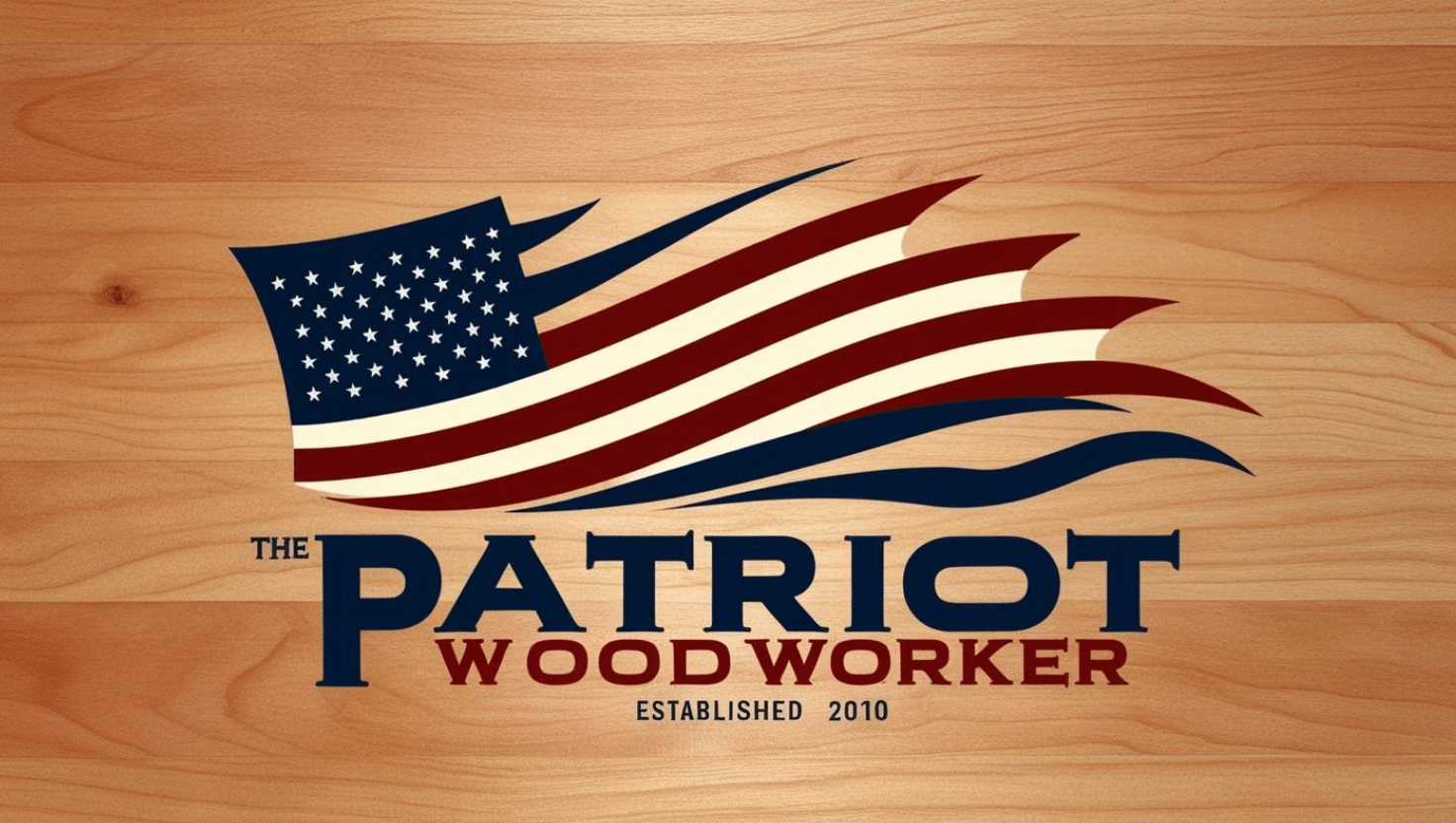Search the Community
Showing results for tags 'chatoyancy'.
-
“Eye of the tiger” Chatoyance or chatoyant or cat's eye effect is an optical reflectance effect. Derived from the French "œil de chat", meaning "cat's eye", Some of the recent posts by Paul Corona exhibit beautiful chatoyancy, so let’s talk about it. “Chatoyancy in wood occurs in various species – particularly hardwoods, and particularly where stresses from the weight of the growing tree result in denser patches, or where stresses cause burl or bird’s eye. This ‘figure’, which has a striking three-dimensional appearance, is highly prized by woodworkers and their clients alike, and is featured regularly in furniture, musical instruments, and other decorative wood products. Figuring takes on a variety of forms and is referred to as flame, ribbon, tiger stripe, quilting, among other names. This effect is sometimes called wet look, since wetting wood with water often displays the chatoyancy, albeit only until the wood dries. Certain finishes cause the chatoyancy (also referred to as wood iridescence, moire, vibrancy, shimmer or glow) to become more pronounced. Oil finishes, epoxy, and shellac can strongly bring out the wet look effect.” (Wikipedia)[edited] In woodworking, we sometimes prize the reflectance of certain woods and their figure. Another characteristic is that the surface reflects light differently from different viewing angles. So as you (or it) moves, the shades and depth appear to change. Curly, bird’s eye and quilted maple, quarter-sawn sycamore and oak, burls, crotch wood, and exotics are often good candidates for high chatoyance. In the right finish the wood tends to dance with fire as you observe and move around. Even cheap wood such as pine can exhibit a lot of depth when finished in the right way. Shellac is my favorite for this. And generally avoid pigment-based stains that tend to muddy the surface. "œil de chat", c'est magnifique!
- 2 replies
-
- chatoyant
- chatoyancy
-
(and 2 more)
Tagged with:



